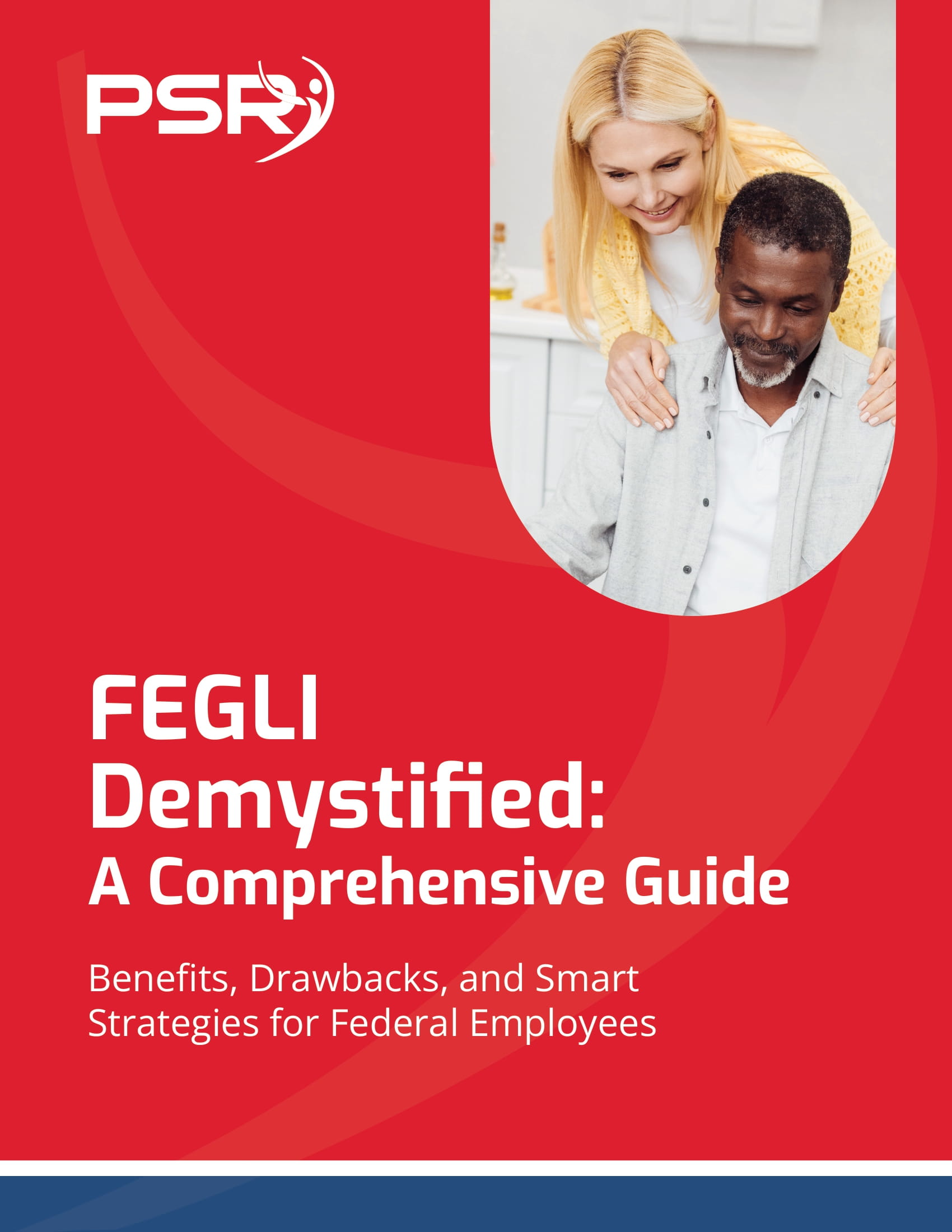Key Takeaways:
-
FEGLI changes in 2024 are impacting premiums, coverage options, and retirement planning for federal employees. Staying informed about these updates is critical for making the right financial decisions for yourself and your loved ones.
-
Understanding how FEGLI premiums increase with age and how retirees can adjust coverage to avoid escalating costs can save thousands in premiums over time.
What Federal Employees Need to Know About FEGLI Life Insurance Changes in 2024
- Also Read: The Best FEHB Plans for 2025: Which One Fits Your Lifestyle and Budget the Best?
- Also Read: Special Retirement Options for FAA and LEO Employees: Are You Taking Advantage of What’s Available?
- Also Read: Federal Employee Benefits You Didn’t Know Could Give Your Wallet a Serious Boost in Retirement
FEGLI Basics: What You Need to Know
The FEGLI program, established in 1954, is the largest group life insurance program in the world, covering millions of federal employees and retirees. It provides four main types of coverage: Basic, Option A, Option B, and Option C. Each option offers different coverage levels, from basic life insurance to additional coverage for family members.
Federal employees automatically receive Basic coverage, which is equal to their salary, rounded up to the next $1,000, plus $2,000. Additional coverage under Options A, B, and C can be elected voluntarily, allowing employees to enhance their policy based on their personal or family needs. But what happens when those needs change—or when the cost of coverage increases over time?
With the changes taking effect in 2024, it’s more important than ever to reassess your life insurance needs under FEGLI.
Increased Premiums in 2024: A Closer Look
One of the most notable changes to FEGLI in 2024 is the increase in premiums. The cost of life insurance coverage tends to rise as federal employees age, and the FEGLI program adjusts its rates to reflect the risk associated with insuring older individuals. In particular, premiums for Optional coverage (especially Option B, which allows employees to purchase up to five times their annual salary in additional coverage) are increasing sharply for employees in their 50s and beyond.
For those in the higher age brackets, 2024 has brought even steeper premium hikes. While these changes aren’t unprecedented, they can take a significant bite out of retirement income if not planned for accordingly. Retirees on fixed incomes may find it increasingly difficult to keep up with rising life insurance premiums, leading some to explore alternative options or reduce their coverage to minimize costs.
If you’re a federal employee nearing retirement, understanding how FEGLI premiums increase with age and knowing the thresholds that trigger these jumps is critical for managing your long-term financial health.
Retirees Beware: Coverage Reductions Are Impacting Your Future
Another critical change in 2024 relates to how coverage reductions are handled upon retirement. While active federal employees enjoy robust life insurance coverage under FEGLI, those benefits shift once they retire. In retirement, the Basic insurance coverage can be continued at no cost after age 65, but it reduces by 2% per month, eventually reaching 25% of the original coverage.
However, retirees have the option to keep full coverage, but this comes at a cost—and in 2024, that cost has risen. Retirees now need to carefully weigh the benefits of continuing their FEGLI coverage against the rising premiums, especially for those who are decades away from needing the full value of their policy.
Given these changes, it may be worth considering whether additional life insurance policies or investment vehicles could offer better value for retirees who are primarily concerned about leaving behind a financial legacy for their family.
Strategies to Manage Rising FEGLI Costs
With premiums continuing to increase and coverage shrinking in retirement, federal employees and retirees need to take proactive steps to manage their life insurance needs. Here are a few strategies to consider:
-
Reevaluate your coverage needs: As you age, your financial obligations may decrease. Children become independent, mortgages are paid off, and retirement accounts grow. This might be a good time to reassess whether you need the same level of life insurance coverage you once did.
-
Consider reducing your coverage: If you’re facing steep premium hikes for Options A, B, or C, it may be time to reduce the amount of coverage you’re carrying. Opting for a lower multiple of your salary under Option B, for example, can significantly reduce your premiums without sacrificing all the protection you’ve built over the years.
-
Look at alternative insurance options: Some retirees may find that private life insurance policies offer better terms than FEGLI once they retire. While you won’t have access to FEGLI’s group rates, private insurers often have policies tailored to older individuals looking for flexible coverage.
-
Prepare for the long term: For those planning to maintain their FEGLI coverage in retirement, setting aside a portion of retirement savings specifically for covering these premiums can help soften the financial blow when rates increase.
The Importance of Planning Ahead
The key takeaway from the changes to FEGLI in 2024 is that planning ahead is crucial. Life insurance is not a one-size-fits-all solution, and the coverage that worked for you in your 30s or 40s might not make sense as you approach retirement. As you prepare for the next chapter of your life, understanding how your insurance needs will change—and how the cost of those needs will fluctuate—is essential for ensuring a comfortable retirement.
For federal employees nearing retirement, it’s essential to start considering alternative ways to protect your family and legacy without relying solely on FEGLI. Whether that means supplementing your coverage with private policies or simply reducing your FEGLI coverage to match your current needs, taking proactive steps now can save you money and reduce financial stress down the line.
What to Expect from FEGLI in the Coming Years
While the 2024 changes are significant, they may not be the last. Federal life insurance programs like FEGLI are subject to ongoing evaluation and adjustment based on actuarial data, market conditions, and legislative changes. Federal employees should anticipate that premiums may continue to rise, especially as healthcare costs and life expectancy trends impact insurance costs.
Staying informed about potential future changes is essential for making smart decisions about your financial future. Keeping in touch with your benefits office and regularly reviewing the Office of Personnel Management (OPM) updates can help you stay ahead of the curve and make well-informed decisions about your life insurance coverage.
A Final Word on Navigating FEGLI Changes in 2024
Federal employees rely on FEGLI as a cornerstone of their financial security, but the changes in 2024 highlight the importance of reassessing your life insurance coverage regularly. Rising premiums, reductions in retirement coverage, and the potential for future changes all underscore the need for proactive planning.
Whether you’re an active federal worker or a retiree, understanding how these changes are affecting you is crucial for maintaining a stable financial future. Make sure to evaluate your current coverage, explore alternatives, and stay informed about future adjustments to FEGLI. The decisions you make today could have a significant impact on your financial well-being tomorrow.













